Roger Federer has an UTR of 16.22. Kiki Bertens has an UTR of 12.96. Slamstox player Sander Jong has an UTR of 13.25. Slamstox player Savannah Sendar has an UTR of 9.80.
Do you already have an UTR? In this Round Robin Episode we focus on one of the most important rating systems within college tennis.
UTR: the tennis rating system of the future
It is very difficult for college tennis coaches and teams to find a way to measure the level of tennis players and players worldwide. While in other sports it is quite easy to find rankings and other information about teams and athletes, in tennis there is no system that represents every player in the world.
UTR was founded with that in mind. UTR or “Universal Tennis Rating” is an American invented system that compares players and players of all levels and is one of the few tennis rating systems that gives a clear and statistical picture of a player’s level. The company was founded in America by, among others, old college tennis players. They understood how difficult it is for a college tennis coach to estimate the level of, for example, a Dutch tennis player who has not yet played international tournaments. After all, the Dutch “DSS system” from levels 1 to 9 is hardly known internationally!
Peter Smith, the head men’s tennis coach at University of Southern California, is the longtime coach of Slamstox player Laurens Verboven. He has been coaching USC for years – one of America’s academically and athletically best universities. UTR is the most important way for him to assess new players.
“The first question I ask is: ‘what is your UTR?’ It is the new global standard in recruiting”
Peter Smith – Head Men’s Tennis USC

UTR in College Tennis
Almost all college tennis coaches use UTR to look up results, levels and ratings of players and teams, both men and women. This goes so far that scholarships are also awarded to players on the basis of UTR! Some tennis associations (such as the English and Spanish) have signed a deal with UTR that all their national matches will be put in the UTR database. This was already the case for all international tournaments (ITF, ATP, WTA) and college matches. This means that the players from these countries are much better and more internationally visible. The KNLTB has not yet made this transition, which means that it is much more difficult for Dutch people who do not play internationally to get into the picture among college teams. Slamstox is a partner of UTR and we are working to change this. We will explain how we do this later in this article.
A good system, but how does it work?
Let’s start with the system itself. UTR has 16 ‘levels’ and 16 is the highest level. There is a big difference in level between these 16 levels. A 3/4 UTR player is a beginner, while Roger Federer is a 16
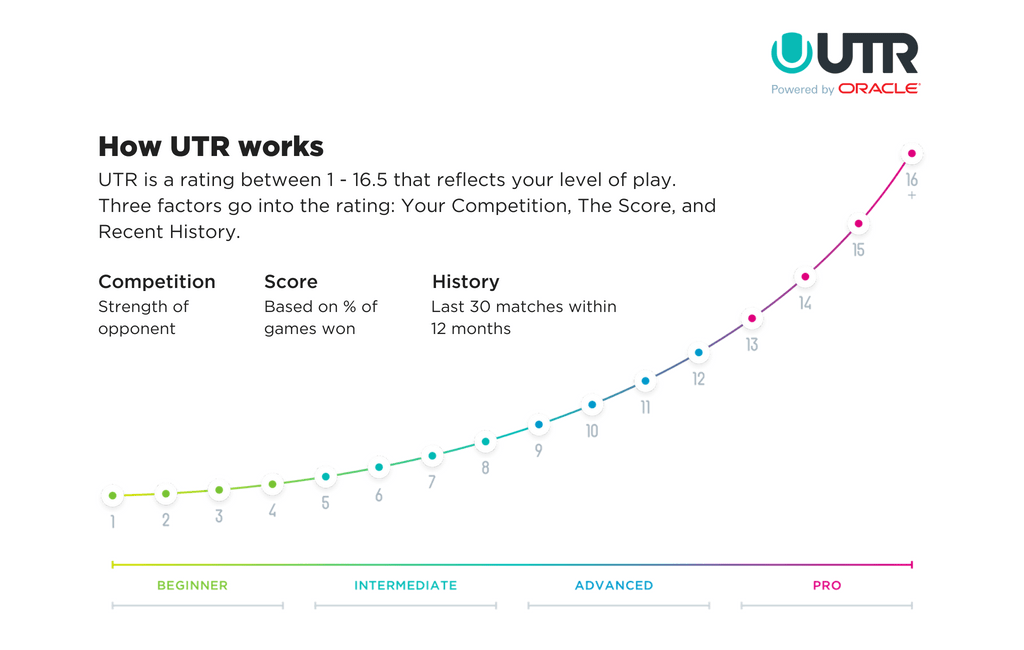
As can be seen in the graph, a UTR of 13 or higher can be seen as a professional player, the players with a UTR of 13 will mainly play futures. At the college tennis level we encounter players with a UTR of 5 to a UTR of 15+. So there is a suitable place for almost every tennis player!
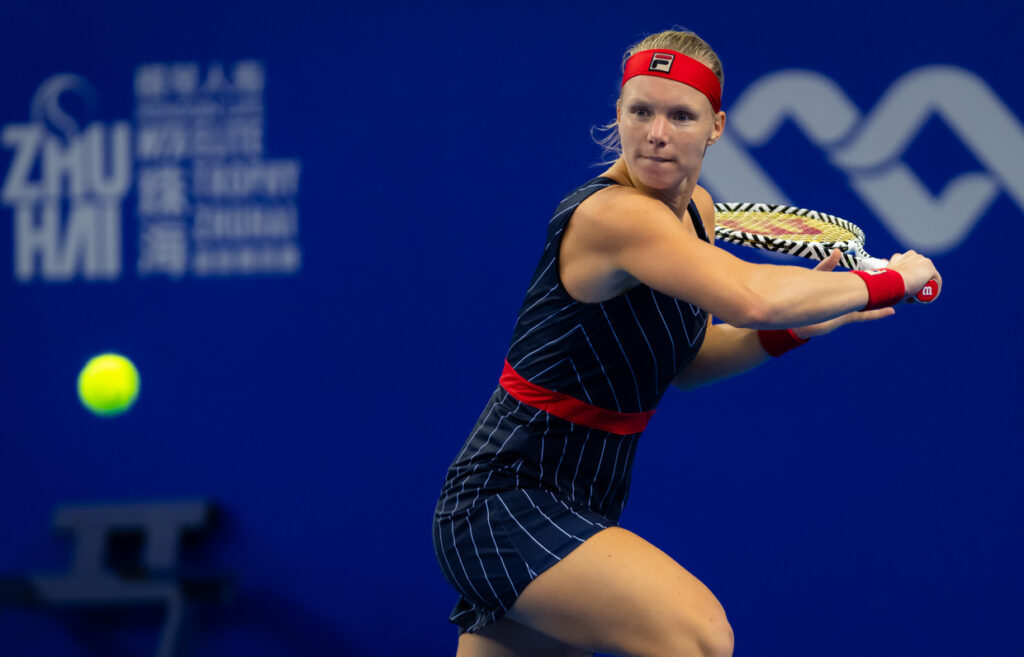
But how do you improve your rating as a player? It is very difficult to compare players and determine a level based on a few results. The way the UTR does this is with a mathematical approach. They calculate a player’s odds of winning a match, and each time a player wins a match against another rated player, and then how much better the winning player is based on the result. In fact, your rating is calculated much more based on your scores against relevant opponents, and not based on points you can earn in a tournament. So who did you win and who did you lose, and how good are these opponents? In addition, it is also important for your rating with which set positions you have won or lost.
So you can improve your rating by winning competitive matches against good players. But watch out! The same happens when you lose a match. If you have a rating as a player and you lose to a player with a lower rating, this will take your rating down. It is therefore especially important that you try to achieve consistent results. The mathematical formulas and statistics behind the system calculate your UTR, but how do you get a higher rating? Although UTR calculates a rating based on results, the most important thing is of course that you improve yourself as a player without looking too much at your rating. UTR believes that if you progress as a player in terms of level, the results and your rating will follow automatically. UTR therefore provides a number of primary tips for improvement:
- Improve your physical strength: with a better fitness you will also improve as a tennis player.
- Add a new trick to your style: try to improve a trick so that you can vary more and become a more difficult opponent.
- Practice your Service: research has shown that improving your service often results in greater improvement in your game.
The idea seems pretty simple: get better and that’s it. But, is it really that easy? One problem that comes up with every rating system in the tennis world is that every country is different, even within the UTR system. In addition, far from all matches worldwide end up in the UTR database, which makes it difficult to compare players from different corners of the world. The goal of UTR is to become the most widely used tennis rating system in the world!
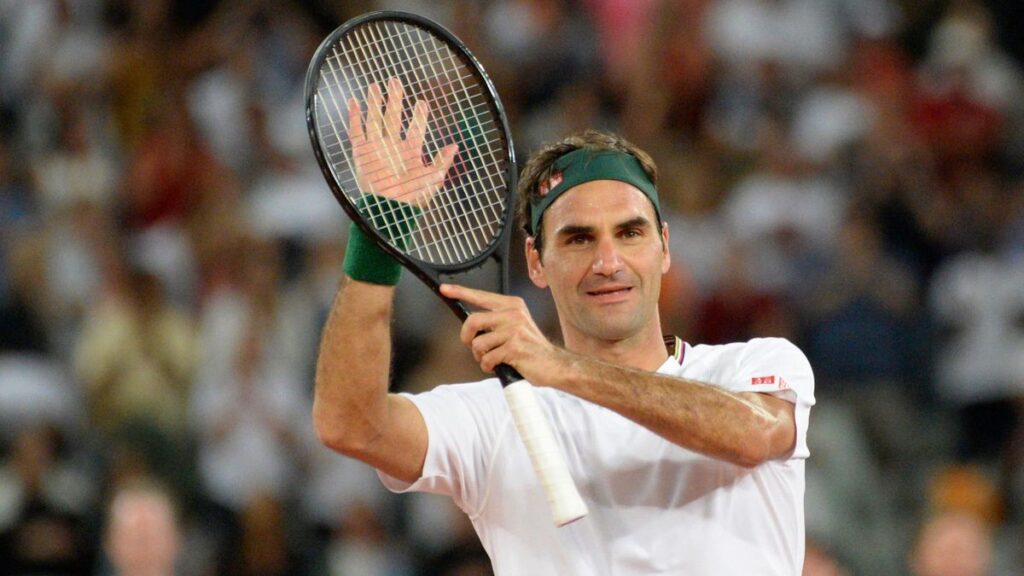
As stated before, the UTR is a well-known resource for college coaches to recruit players who fit into their squad. For example, coaches may tell us that they have a minimum standard of 12 UTR to approach a player and they will not consider players who have a UTR of 12 or below. At the same time, we also use UTR to “search” the other way around for the right teams for our players. Based on the UTRs of the players in a team, you get a good idea of the level of a team. Where in the team would you end up? Do you have good training partners on that team? Is the level too high or maybe too low for you? These are all questions that UTR can answer for us to get a better picture of the tennis level. Because we are so far away in Europe, it is not easy for everyone to travel to America for a short while to get an idea of the school and the team, but UTR can at least get a general idea of the level of the team. so that you can form an idea where you would fit in a team.
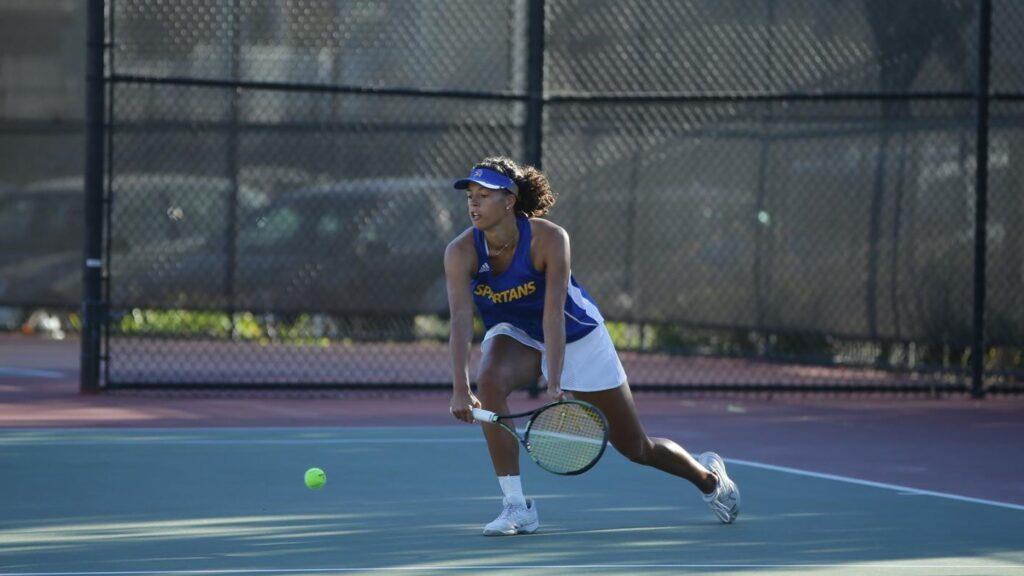
Not many Dutch tennis players have a UTR. The Dutch players who play many international tournaments do have this. The Dutch players who do not have a UTR are often very difficult to estimate in terms of level for American coaches. Slamstox wants to solve this.
In order to narrow the gap between college coaches and Dutch tennis players, we have made a deal with UTR which gives us the authority to add the results of our tennis clients in the Netherlands to the UTR database. This also allows us to offer players who only play nationally a UTR and that helps in the recruiting process because coaches use this to assess players and players. This is one of Slamstox’s ways to help our players and in this way build an even stronger network with American coaches!
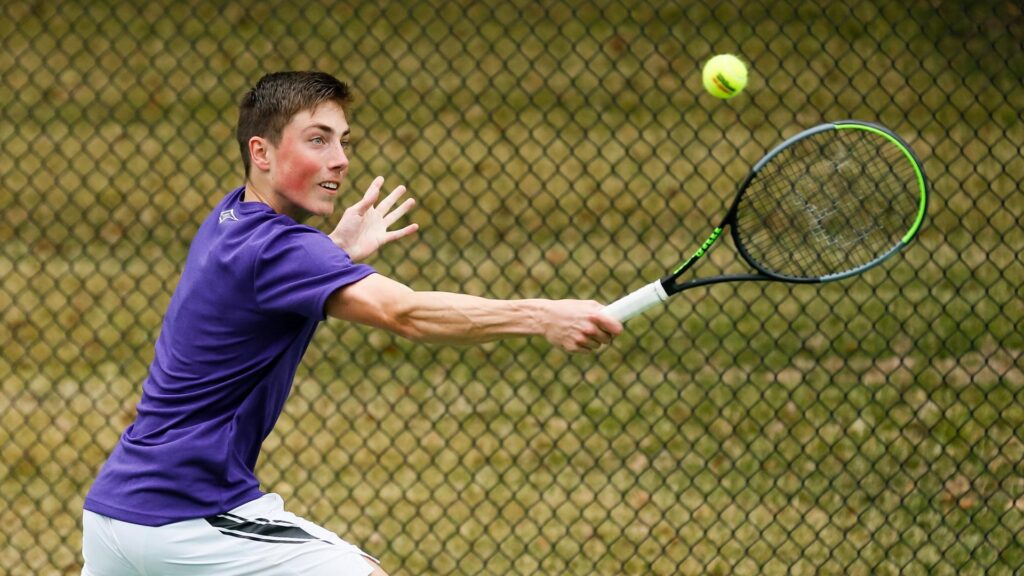
Slamstox UTR Open
In addition, Slamstox is organizing an annual UTR tournament in the Netherlands. This tournament is intended for both boys and girls from the age of 15 who are interested in college tennis. You play multiple matches and with each match you’re able to build a higher UTR score.
During the tournament, American coaches from various universities will be present to recruit players. This tournament is a great way show your skills and is intended for players interested in an adventure in the USA!
Do you want more information about the Slamstox UTR Open? Or would you like to know more about UTR in general? Reach out!






